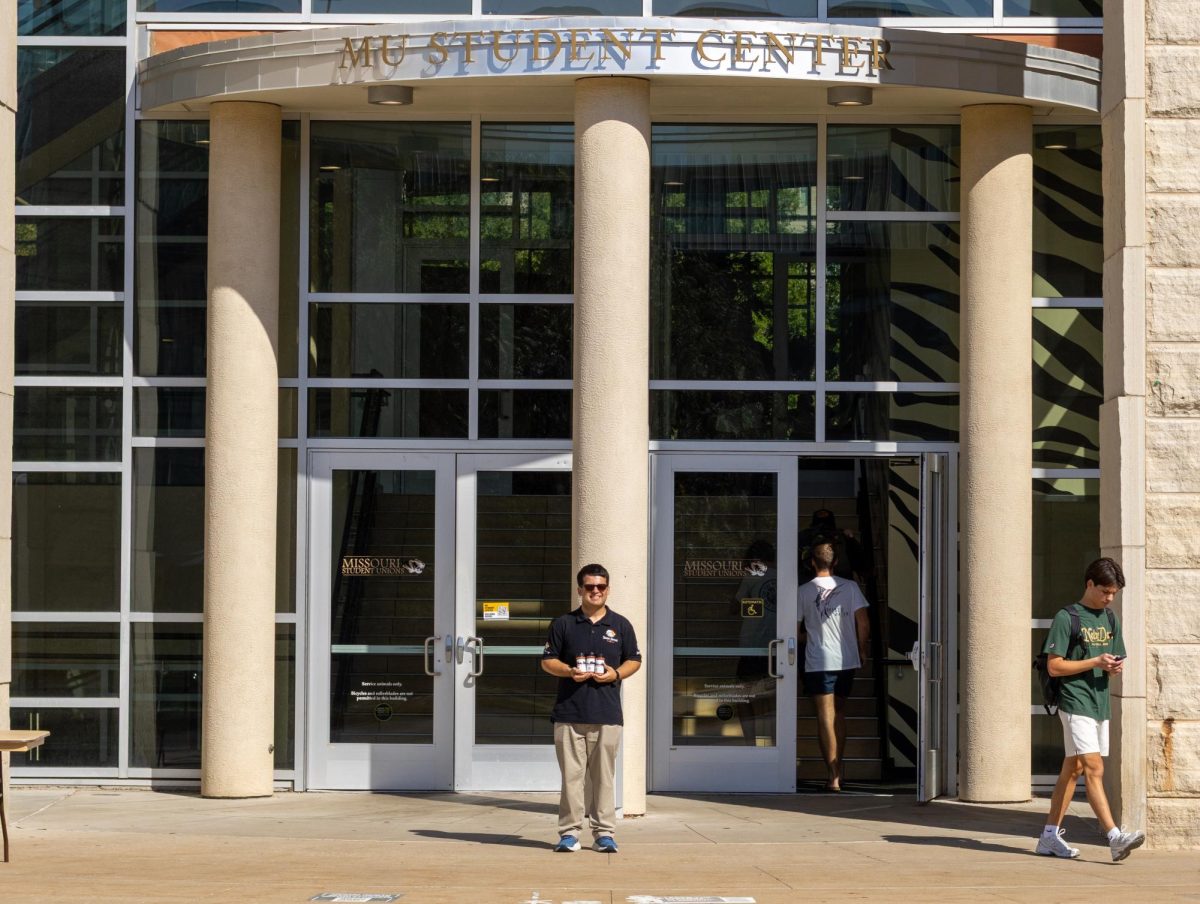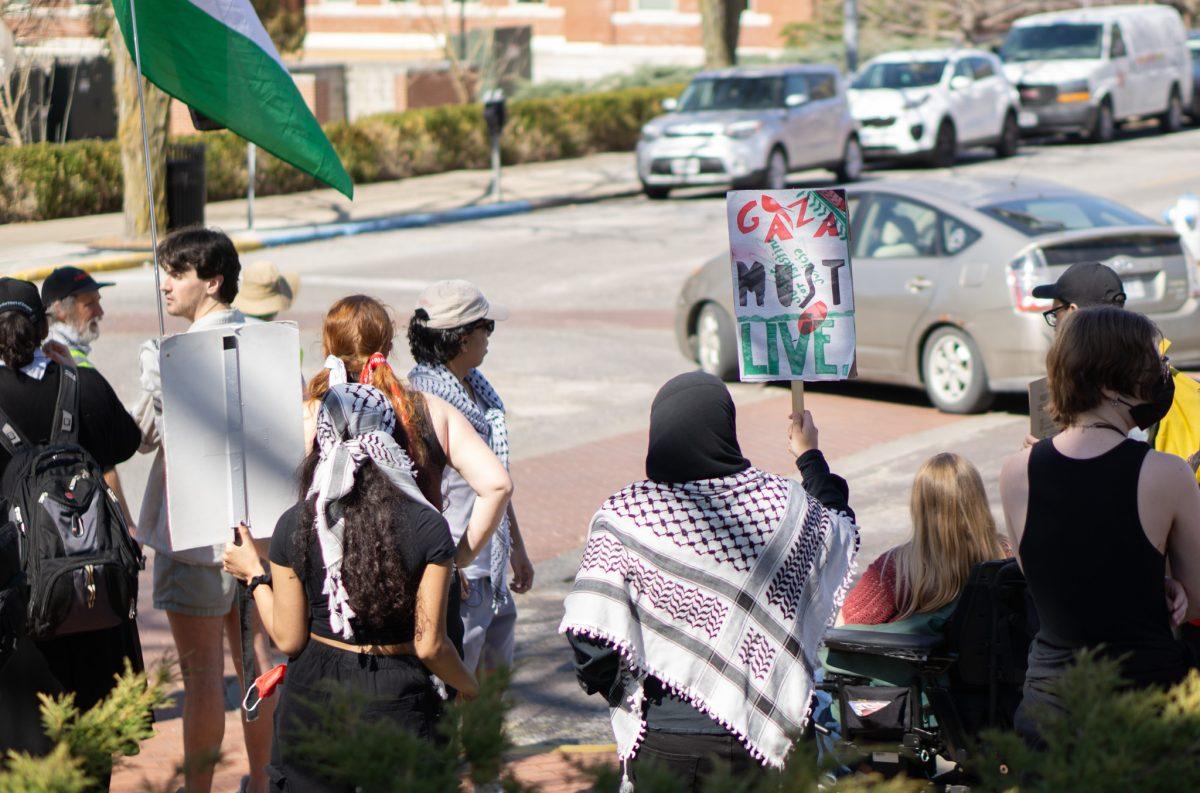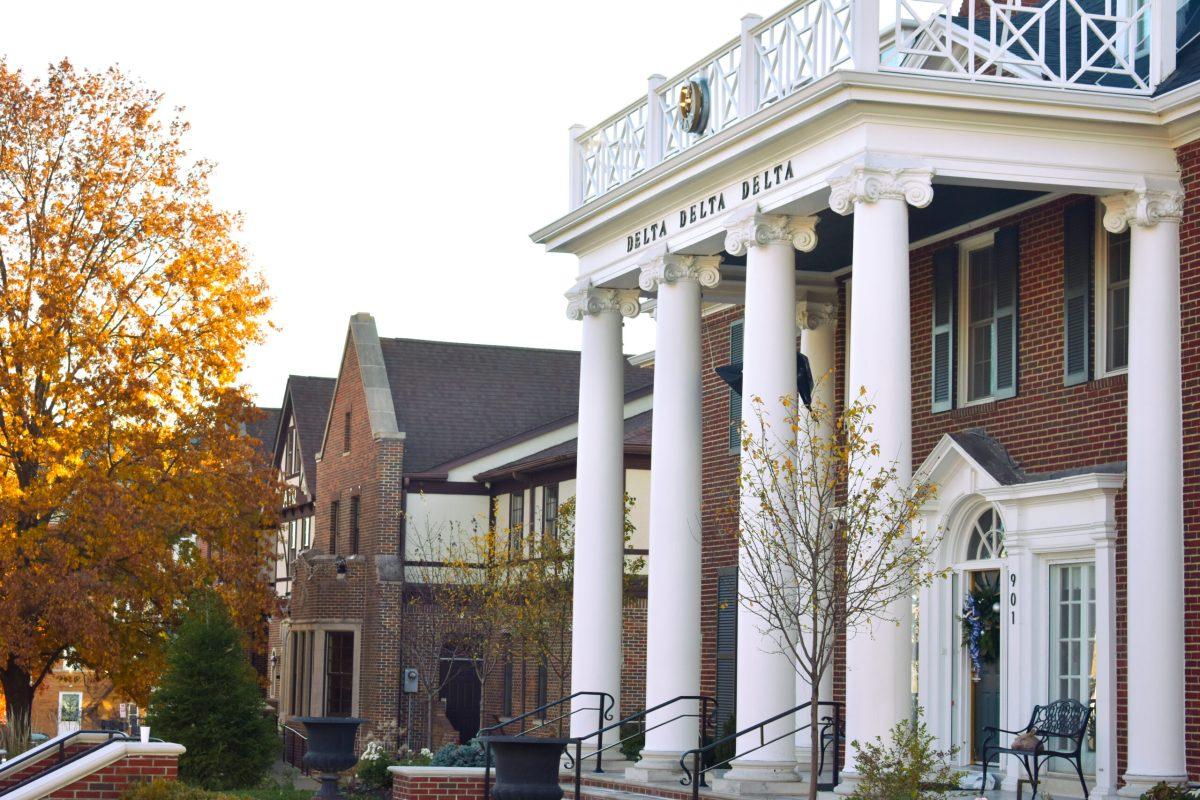Over the past two semesters, a group of MU engineering students has been working on renewable energy housing designs for their capstone project.
The group, called the Sunsational Engineering Group, is in partnership with Wallace Architects.
“We initially had a preliminary design that we were given from a local architecture firm called Wallace Architects, and they had basically pitched a building layout to the Columbia Housing Authority, which we can call the client,” senior Daniel Davis, the project’s team leader, said. “We have an actual location in downtown Columbia. It’s a real project that’s going to happen, but CHA wasn’t working on it exactly at the moment. CHA just let us jump in as alternate designers and gave us the information that they had.”
The group designed eight units of attached row housing and a multifamily facility, which has three stories and 70 units. It also includes a parking lot, a community garden and a playground. The housing will be geared towards low-income residents.
The design incorporated engineering to make the buildings as green and economically efficient as possible in order to qualify for the U.S. Department of Energy’s Solar Decathlon.
The Solar Decathlon is a competition for college students to design renewable energy buildings. The Sunsational Engineering Group designed with the Decathlon’s 10 contests in mind: energy performance, engineering, financial feasibility and affordability, resilience, architecture, operations, market potential, comfort and environmental quality, innovation and presentation.
The beginning of the capstone process involves students being pitched project ideas from parties such as a field building company, Jefferson City and the City of Columbia’s Stormwater Division, Davis said.
The Solar Decathlon was presented to the students by Michael Goldschmidt, an architectural studies professor.
“Professor Goldschmidt pitched the idea, and I would say it was the most expansive of the projects just because it’s whole building design,” Davis said. “The interest came about really based on the team that we had. I thought our team was really well selected, and we were just all like-minded and ambitious and wanting to get as much out of the project as we could, as opposed to just getting it done and getting our A in the class.”
The team is composed of six civil engineers, but since the project is a whole building design, the team members had to branch out into other areas of engineering such as mechanical and electrical in order to successfully design plumbing, irrigation, solar panels and heating, ventilation and air conditioning facilities.
Though she didn’t know much about heating, ventilation and air conditioning systems at first, senior Paola Mansilla Cenzano was one of the team members that worked on HVAC.
“I had no idea about how to even start,” Mansilla Cenzano said. “At first, we started working with the terminology within it and how it internally works before we were even able to choose the type of system that we would want to use for this building.”
After consulting with professors and engineering professionals, Mansilla Cenzano and the team decided to employ geothermal heating in their design. Geothermal heating is a renewable source of heating where heat is brought into a building from the ground when it is cold out, and heat is expelled into the ground when it is warm out.
In senior Darwin Flaherty’s role in the team he branched out from civil engineering into learning about irrigation and water reuse.
“Rainwater harvesting is pretty much any water that comes onto the parking lot or the roof is collected and then filtered and then kept in a holding tank below the sight,” Flaherty said. “From that holding tank, you can pump it to irrigation, which is another thing that I was involved in, so watering the grass, picking the right type of grass and then also using the water from that holding tank for various appliances in the house.”
Flaherty’s work in irrigation and water reuse aims to decrease energy consumption as much as possible.
“The biggest thing is efficiency,” Flaherty said. “That’s the whole goal of our capstone, getting our building down to consuming zero energy. The water reuse is trying to use all of that water for as much as we can on the site so that we don’t have to actually use water from the city of Columbia.”
Besides learning about these new areas of engineering, the team also gained professional experience while working on the project, Davis said.
“We’ve learned a ton because we’re working outside of civil engineering,” Davis said. “We’ve learned aspects of mechanical, plumbing and electrical engineering. We’ve learned how to communicate with architects, how to send information back and forth and then also just how to utilize resources effectively. We’ve just had to be cognizant of costs and energy use and whatnot.”
However, since the team is graduating and there is still work to be done for the solar decathlon, the team is passing it’s work onto a new batch of capstone students, who will complete the project alongside MU architect students.
“We’re creating a to-do list and a ‘tips and tricks’ list, just trying to give them all the resources that they would need to be successful, but it’s kind of interesting because we don’t even know who it is,” Davis said. “We hope our work isn’t done in vain and an ambitious team takes over next semester and just keeps continuing on.”
If the project will be implemented in the future by the Columbia Housing Authority, the team expects it to make a positive impact on the city.
“It just shows that you don’t have to be a certain level to have good, green building houses for everyone. For me that’s pretty impactful because we are helping the people,” Mansilla Cenzano said. “For me, that’s a great thing because we are going to help a community to have a better quality of life.”
_Edited by Emily Wolf | [email protected]_












